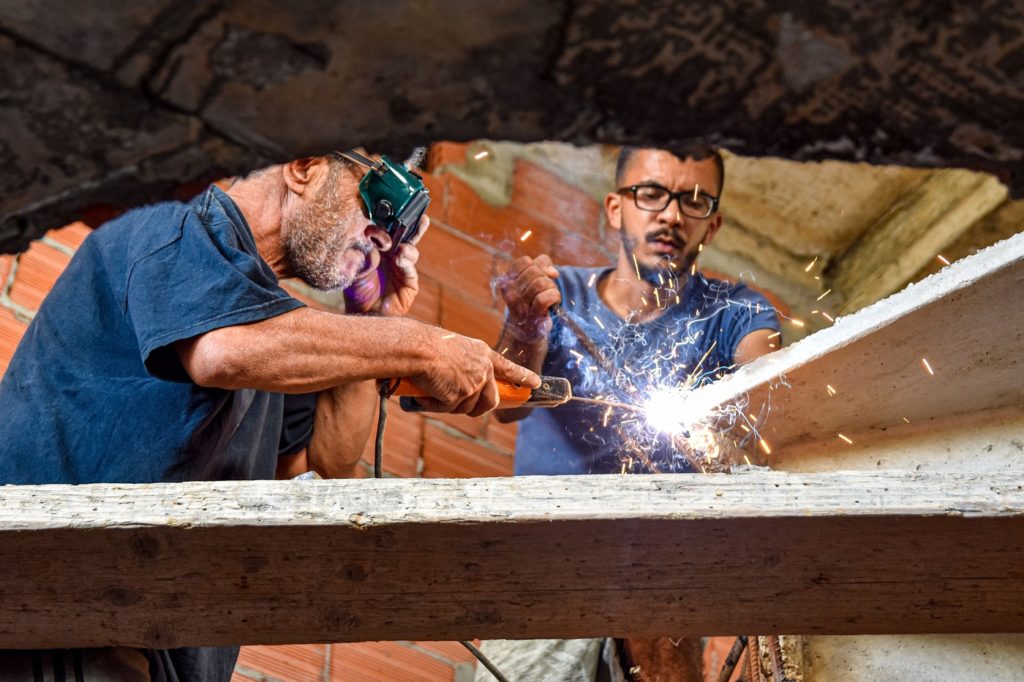Pinewood is one of the most common types of softwood that is always available in the market. Pinewood products are perfect for farmings, building shelves, and furniture.
Pinewood’s antique look is one of the reasons why it has become one of the top choices for many buyers. Moreover, most woodworkers prefer pinewood as it is easy to work with. If you are an amateur woodworker and have not worked with pinewood yet, below are some guidelines in woodworking with pine.

How to deal with pitch?
Pinewood is known for leaving much pitch on woodworking blades. Properly curing the pinewood helps a lot in dealing with too much pitch. Moreover, you can clean your woodworking blade with an all-purpose cleaner, such as laundry soap and water mixed in a spray bottle. Clean the blade right away before the pitch buildup becomes too heavy.
Make sure that your tools are sharp.
Aside from keeping your blades free of pitch, you also have to make sure that your blades and bits are completely sharp when working with pinewood. Since pine is a softwood, a dull blade or bit may crush the wood, giving you a messy cut. It may lead to a lot of splintering and chipping in the cuts.
How to deal with dents and scratches?
Fresh pine is easy to scratch and dent. To deal with this, make sure that your work surface is clear from any tools, loose wood chips, or other unwanted objects. If you have to work on the floor, use a cardboard box to protect the wood’s surface from any bumps or rough surface on the floor.
However, if you accidentally scratch the wood, you can deal with it using an orbital sander. On the other hand, dents are a bit challenging to deal with. Moisture can fill the crushed stock. So, an excellent way to deal with it is putting a damp cloth on the dent, and then covering it with a hot iron for a few seconds. The steam will go through the fibres of the wood and camouflage the dents.
Finishing the pinewood
Finishing a pinewood requires enough time to adjust to the local environment. It is wise to allow the wood to reach the equilibrium state before finishing it. By doing this, the pinewood will achieve its maximum durability.
If you are about to paint the wood, always caulk every joint and fill every screw/nail holes correctly. After sanding, apply a few coats of quality primer before coating it with your desired colour of the paint.
For a stained finish, remember to use a pre-stain conditioner to even out the stain colour across the wood; this will give the wood a more consistent colour compared to unconditioned pinewood. Once done applying the conditioner, as per the manufacturer’s recommendation, you can now use the stain and the protective finish of your choice.
You can see a spot of pinewood products indoors since it is a perfect material for cabinets, drawers, cupboards, bench, table, shelves, and more.
Its light colour easily matches other furniture at your home and can seamlessly blend with any wall colours and patterns. Moreover, most pinewoods are harvested from plantations, so manufacturing pinewood does not have much impact on the environment. So, if you are an aspiring woodworker, you can never go wrong by choosing pinewood as your project.







Leave a Comment
You must be logged in to post a comment.